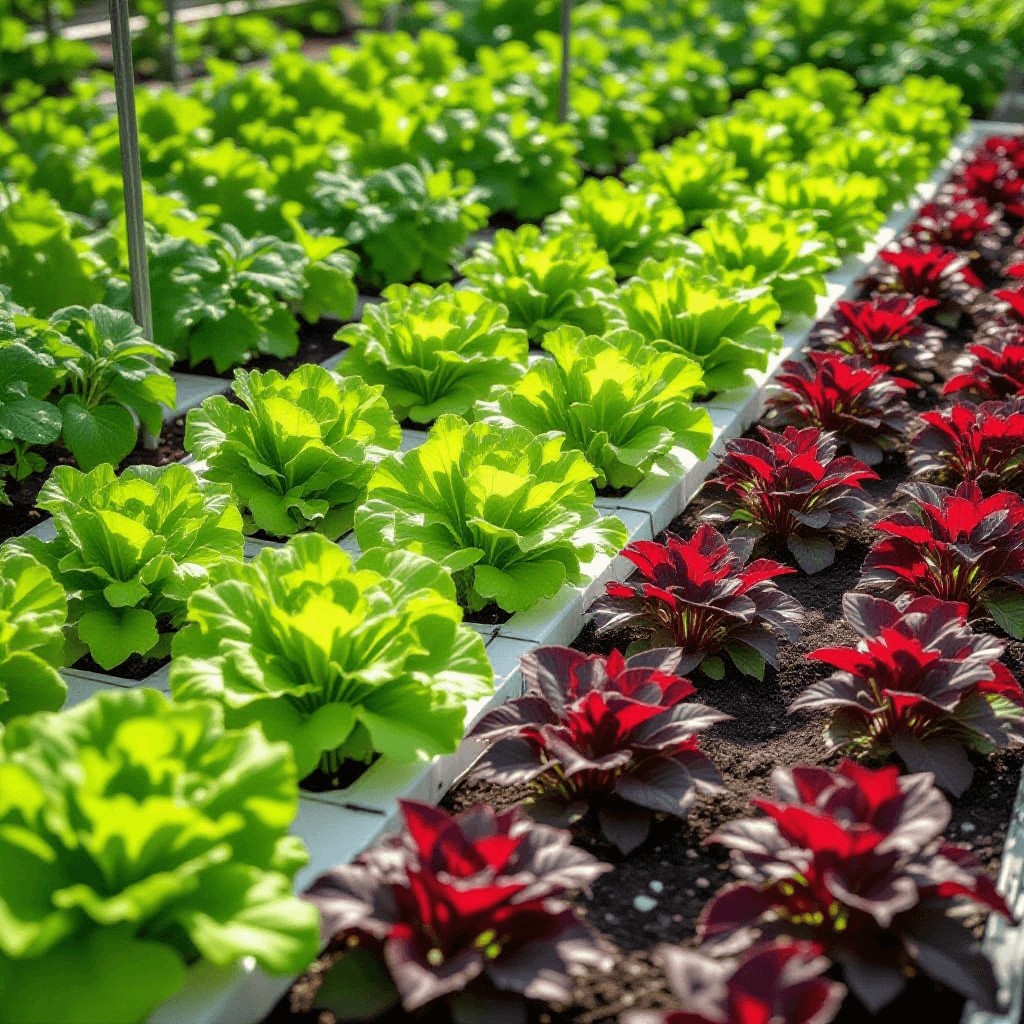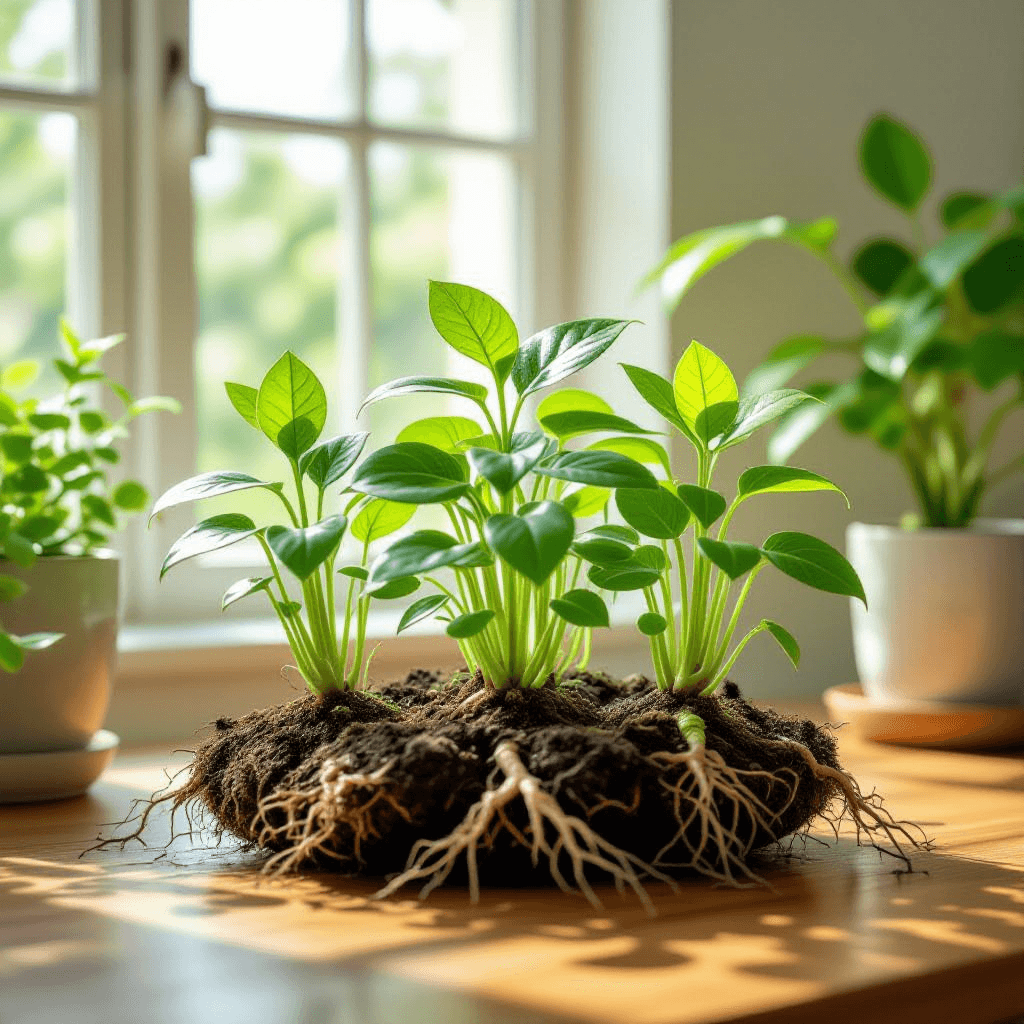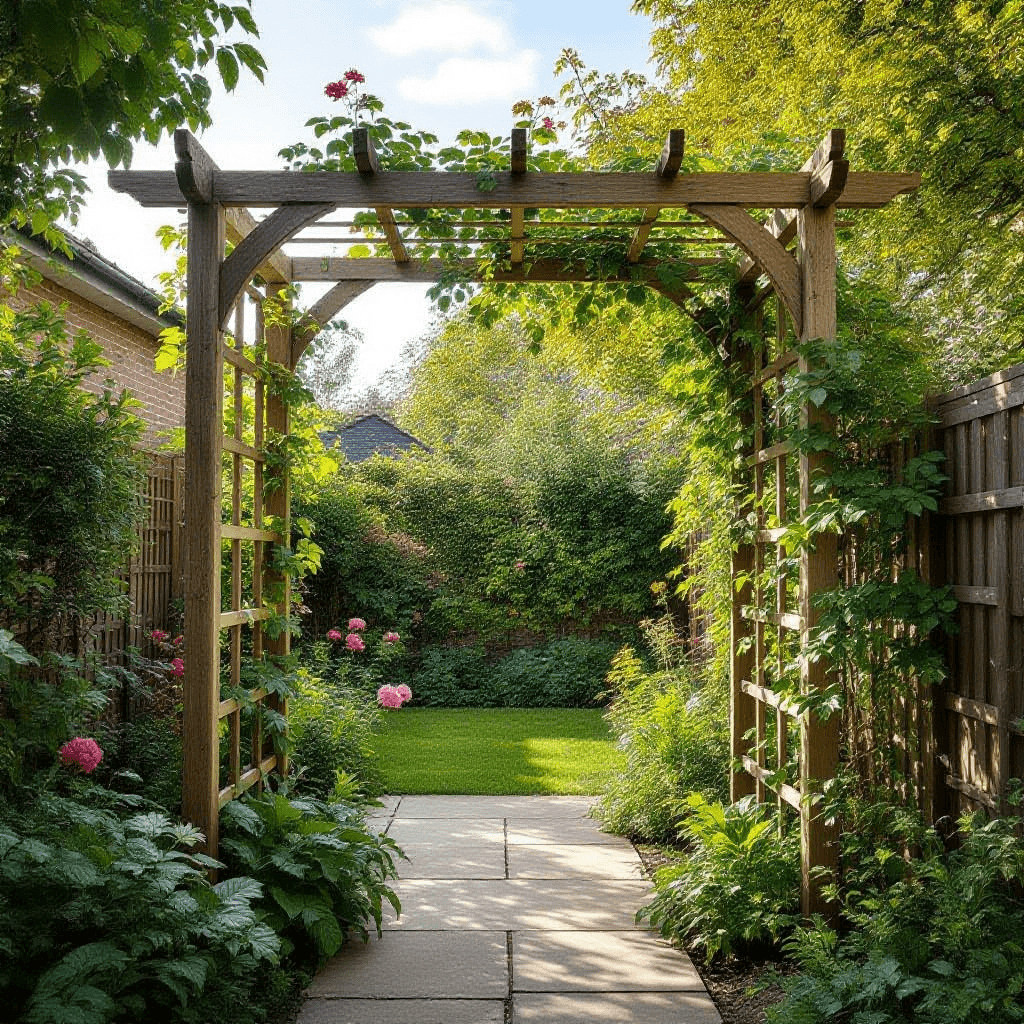Understanding Hydroponics
Hydroponics is a method of growing plants without soil, utilizing nutrient-rich water solutions instead. This innovative approach to gardening differs significantly from traditional soil-based methods. In hydroponics, plants are grown in a controlled environment, allowing for greater manipulation of factors such as nutrient concentration, pH levels, and light exposure. This level of control translates into several advantages, making hydroponics an increasingly popular choice among horticulturists and home gardeners alike.
One of the primary benefits of hydroponic systems is the potential for faster growth rates. Without the limitations of soil, which can inhibit root expansion and nutrient absorption, plants often exhibit accelerated development. Studies have shown that plants grown hydroponically can reach maturity as much as 25% faster than their soil-grown counterparts. Additionally, this method also tends to yield higher quantities of produce. The optimized conditions and direct access to nutrients allow plants to thrive, resulting in increased harvests compared to traditional methods.
Space efficiency is another significant advantage of hydroponics. These systems can be designed to fit into smaller areas, making them ideal for urban settings where land is limited. Vertical gardening techniques, a common practice in hydroponics, enable growers to utilize vertical space, thereby maximizing their output in confined locations. Hydroponics can accommodate a range of plants, from leafy greens such as lettuce and spinach to fruit-bearing plants like tomatoes and strawberries. Essentially, it allows growers to cultivate a diverse array of crops year-round, regardless of external weather conditions.
In summary, hydroponics presents a revolutionary approach to gardening that offers many benefits over traditional soil-based methods. With its faster growth rates, higher yields, and efficient use of space, it’s no surprise that soilless growing is gaining traction among both novice and experienced gardeners seeking effective solutions for cultivating plants.
Different Hydroponic Systems
Hydroponic gardening encompasses a range of systems that enable plants to grow without soil, using nutrient-rich water solutions. Each method has its unique operational principles, advantages, disadvantages, and best-use scenarios that cater to different types of crops. Understanding these systems can significantly assist beginners in selecting the most appropriate setup for their gardening goals.
One of the most popular methods is Deep Water Culture (DWC). In this system, plant roots are suspended in a nutrient-rich oxygenated water solution. The simplicity of DWC is a notable advantage, as it requires minimal equipment. However, it may be less suitable for larger plants that require more stability. Ideal crops for DWC include leafy greens and herbs, which thrive in wet conditions.
Another method is the Nutrient Film Technique (NFT), where a thin film of nutrient solution continuously flows over the plant roots housed in a sloped channel. This system is highly efficient in nutrient use and well-suited for fast-growing crops like lettuce and herbs. However, it can be challenging to manage since it relies heavily on a constant flow, making it less forgiving to failures in water delivery.
Aeroponics offers another innovative approach, where plant roots dangle in air and are periodically misted with the nutrient solution. This system provides excellent oxygenation, promoting rapid growth. However, it requires a more complex setup and constant monitoring of misting schedules. Aeroponics works well for a variety of crops, including fruits and flowers, although it demands a higher level of expertise and investment.
Lastly, the Ebb and Flow system, or flood and drain method, periodically floods the plant roots with nutrient solution and then drains it away. This method provides good aeration and is versatile enough for various crop types, from vegetables to flowering plants. While it is relatively straightforward, it can be labor-intensive to maintain.
By familiarizing themselves with these different hydroponic systems, beginners can make an informed decision, ensuring a successful and productive soilless gardening experience tailored to their specific interests and resources.
Essential Equipment and Supplies
Setting up a hydroponic garden requires specific equipment and supplies that enable effective growth without the use of soil. The foundation of any hydroponic system is the growth container. These containers can range from simple buckets to sophisticated setups with multiple plant sites. When selecting a growth container, it is essential to consider the size, material, and ability to hold water and nutrients. Look for containers that are durable and have adequate drainage options.
Another critical component is the nutrient solution. The plants in a hydroponic system rely entirely on this liquid to receive essential nutrients. It is advisable to choose a high-quality, balanced nutrient solution that is specifically formulated for hydroponic gardening. Beginners should also consider purchasing pre-mixed solutions, which can simplify the process of nutrients and ensure plant health.
Pumps are integral to a hydroponic system, assisting in the circulation of water and nutrients. When selecting a pump, it is vital to consider the size and capacity that matches the scale of your garden system. Additionally, a good air pump ensures oxygenation of nutrient solution, promoting healthier plant growth.
Growing media, though optional, can provide support for the plants. Common types include coco coir, rock wool, and perlite, each offering different properties for moisture retention and aeration. Beginners should select media that are easy to handle and effectively retain moisture and nutrients.
Lighting is essential for indoor hydroponic gardens as plants require a specific light spectrum for photosynthesis. LED grow lights are a popular choice due to their energy efficiency and effectiveness. Finally, a pH testing kit is necessary for monitoring the acidity of the nutrient solution, as maintaining the right pH level is crucial for nutrient availability.
Getting Started with Your Hydroponic Garden
Beginning a hydroponic garden can be an exciting venture for plant enthusiasts and beginners alike. To embark on this journey, start by selecting a suitable hydroponic system that aligns with your space and resources. Common systems include deep water culture, nutrient film technique, and aeroponics. Each system has its own advantages, so researching them will aid in making an informed choice that meets your gardening needs.
Once you have chosen your hydroponic setup, the next step is to prepare your growing medium and nutrient solution. Depending on the selected hydroponic method, you may use rock wool, clay pellets, or coconut coir as your growing medium. It’s essential to source high-quality nutrients specifically designed for hydroponic gardening, as these will provide your plants with the minerals necessary for optimal growth.
Planting seeds or seedlings is the next crucial step. It is advisable to start with fast-growing plants such as lettuce, herbs, or kale, as these tend to be more forgiving for beginners. Carefully place the seeds or seedlings into the growing medium, ensuring that they have adequate space for growth. After planting, monitor the humidity and temperature, maintaining an environment between 65°F and 75°F to promote healthy development.
Maintaining proper nutrient levels is vital for plant health. Monitor the pH level of your nutrient solution, aiming for a range of 5.5 to 6.5, and adjust as necessary. Regularly check nutrient concentration using a TDS meter, ensuring that plants receive adequate nourishment without being over-fertilized.
As plants grow, diligent observation is essential. Keep an eye on leaf discoloration or growth stalls, which may indicate nutrient deficiencies or environmental stress. Implement preventative measures by ensuring proper air circulation, humidity control, and light exposure. For beginners, starting your hydroponic journey can seem challenging, but with careful planning and management, the rewards of fresh produce are well within reach.


